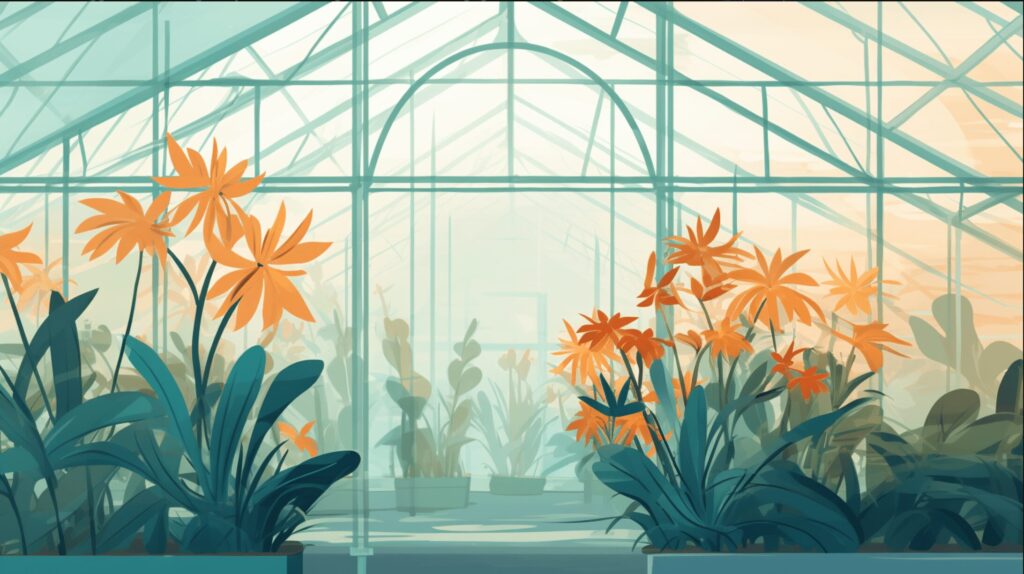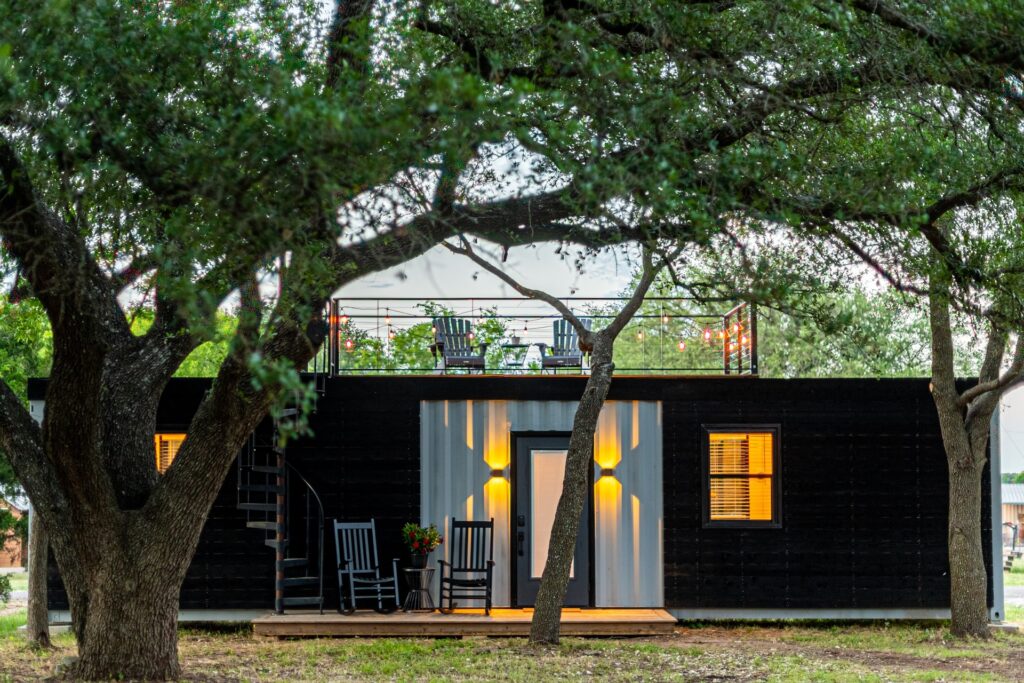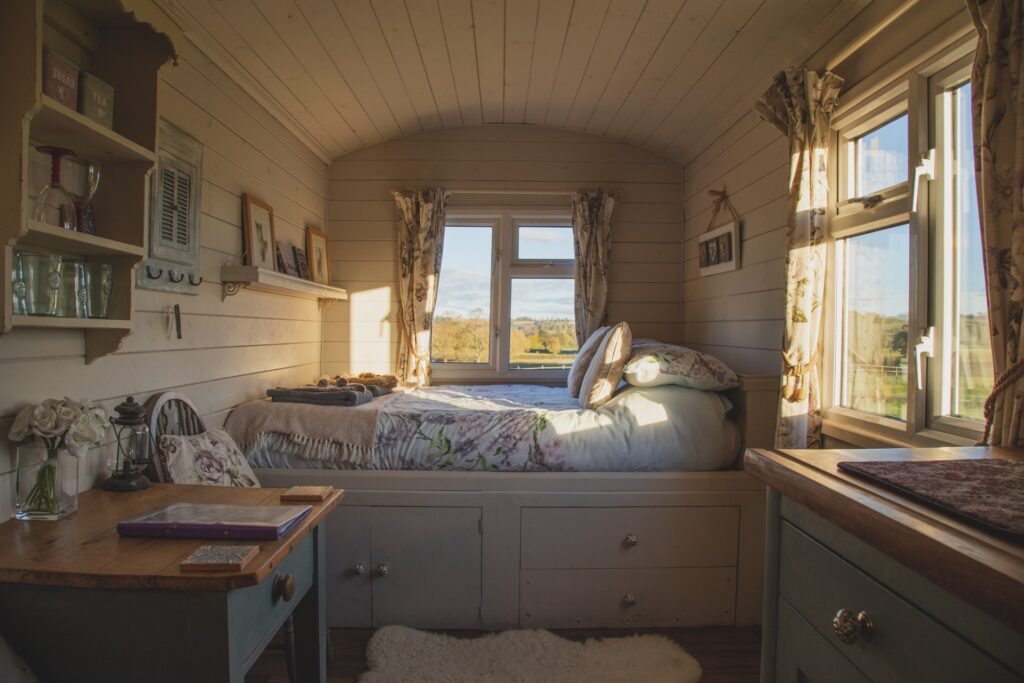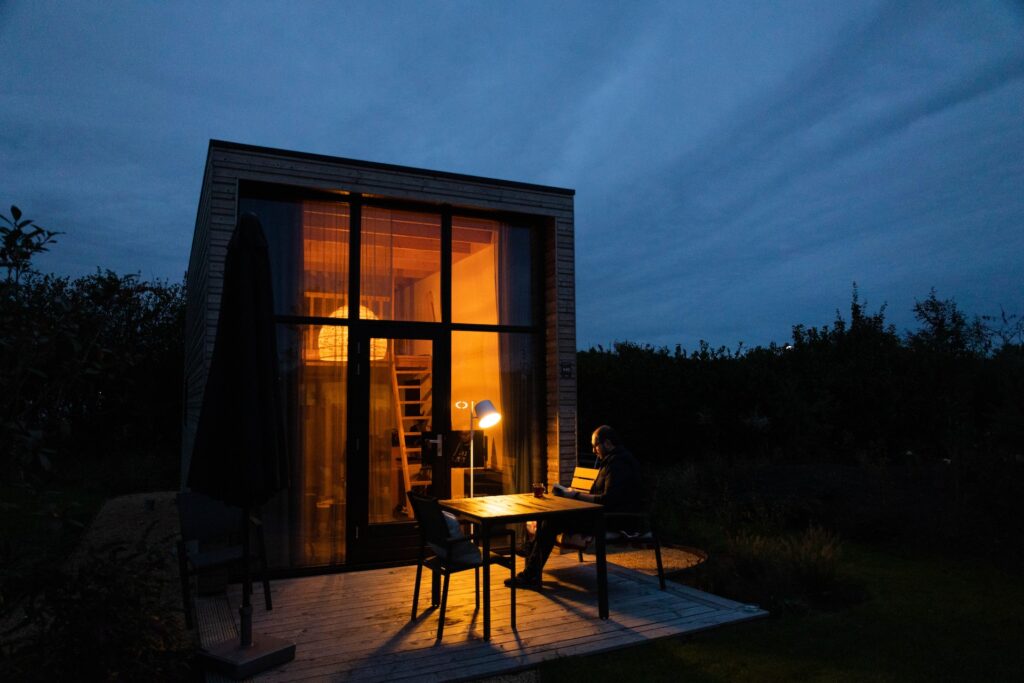
We are reader-supported. When you buy through links on our site, we may earn an affiliate commission.
With climate change and fossil fuels becoming more and more of a problem every year, the idea of moving to an energy system that doesn’t harm the environment — or even one that could give back to the environment — sounds like exactly what the world needs right now. Lately, more and more people are searching for more ways to be environmentally friendly. As such, you’ve probably heard the term “net-zero energy.”
For the kind of person who wants to do whatever they can at home to help the environment, the idea of owning a home that takes care of itself and doesn’t contribute to the harmful impacts of building and maintaining a residence seems like a total catch. However, even for those who don’t particularly care about making the biggest positive impact on the environment, net-zero energy may still be of interest to them.
Net-zero energy has a lot to explore as a concept and as a practice, and it’s most likely here to stay. Between its consumer and corporate benefits, and its positive impact on the environment, net zero energy might just be the way of the future.
But there is so much to learn about it besides the basics — so here’s a little bit more information to answer the burning question, “What is net-zero energy, anyway? And should I look into it for my home?”
The Ideas Behind Going Net-Zero
There are lots of ways to save energy and be kind to the environment, and one of those areas is in the home. The ideas behind building a green, environmentally-friendly home have been around for quite some time, and some may even be technically considered net-zero and beyond.
For example, lots of tiny houses and shipping container home builds are environmentally friendly both in the build and in the functionality of the home itself. Other off-the-grid homes such as earthships are also no stranger to taking no energy from the earth, and even recycling other materials such as water.
Net-zero homes simply take the idea of an environmentally-friendly home and go a bit further.
While plenty of eco-friendly homes such as tiny homes, prefabs, and earthships can be made net-zero — often much more easily than standard houses — a home certainly doesn’t need to be an alternative style to be net-zero. Net-zero isn’t about the look or the type of home — it’s simply about giving back to the planet.
That said, net-zero doesn’t need to apply strictly to single-family homes. Businesses, campuses, and communities can also be net-zero.
What Does Net-Zero Mean?
When it comes to defining net-zero, the idea is simple. A net-zero building, home, business, or community is one that does not require non-renewable energy because it produces enough energy to meet its own consumption requirements in a given year.
In order to do this, the building or structure must generate energy through a sustainable source that is reliable and consistent, which can be different for each structure and location.
There is no “wrong place” to build a net-zero energy structure because each home or building is attuned to the energy needs of the location and the people there. And as forms of green energy continue to flourish, the options will only become more abundant.
Most net-zero energy structures use solar energy, especially private homes, but each home and energy profile is different.
The Solar Factor
Solar panels are the primary method of energy collection for net-zero homes — and even for non-net-zero homes looking to conserve energy. They’re easy and don’t take up any more space on private residences, as they tend to sit on top of roofing.
Unless a property has another unique means of sourcing energy — such as a water source nearby — that can work in tandem with or instead of solar, solar tends to be the best option. However, the energy profile can change based on the location and seasonal needs.
Often, the key to building for cold or seasonal climates isn’t generating more energy, but rather insulating properly so energy doesn’t escape in the form of heat. Insulating the doors, windows, and walls properly is the key to net-zero homes anywhere.
Building Net-Zero
While plenty of people would rather buy a “turnkey” net-zero home, plenty choose to build from the ground up.
There are specific traits to keep in mind when building a net-zero energy home, but in plenty of other ways, it’s just like building any other regular dwelling. It’s all about paying attention to smart design details, using the sun to its fullest potential, both as an energy and light source, selecting energy-efficient features, and insulating properly for the climate. While each climate will require different features, that’s also true of every custom home.
Converting to Net-Zero
For those who want to go net-zero but don’t want to build from the ground up or purchase a new home, it’s also possible to renovate to net-zero or convert to a more energy-efficient home.
The first step is to ensure the home or structure can generate its own energy. Once that’s in place — usually through solar panels — it’s all about making the small changes that make a home more energy-efficient. Transitioning to more efficient appliances, making small substitutions, and even getting an energy audit or evaluation to understand the energy flow of a building can make a huge difference in going net-zero.
The Benefits
While net-zero homes and buildings are likely to be of interest to those with an inclination towards green living, net-zero energy can have many benefits beyond the environmental ones.
Namely, the cost-benefit ratio is the one on most people’s minds. While the facts and figures can vary from home to home, a truly net-zero home almost always pays for itself. How much money a household will save depends entirely on how much they spend on energy in a standard year, because the savings directly correlate with that figure.
Net-Zero Energy and the Future
There are so many ways to save energy, and net-zero is one of the most airtight ways out there. Net-zero is all about being self-sufficient and generating enough energy to survive and thrive without assistance from non-renewable sources. The beauty of it is that there are so many ways to achieve it. From building new to renovating selectively, net-zero is the way of the future.










